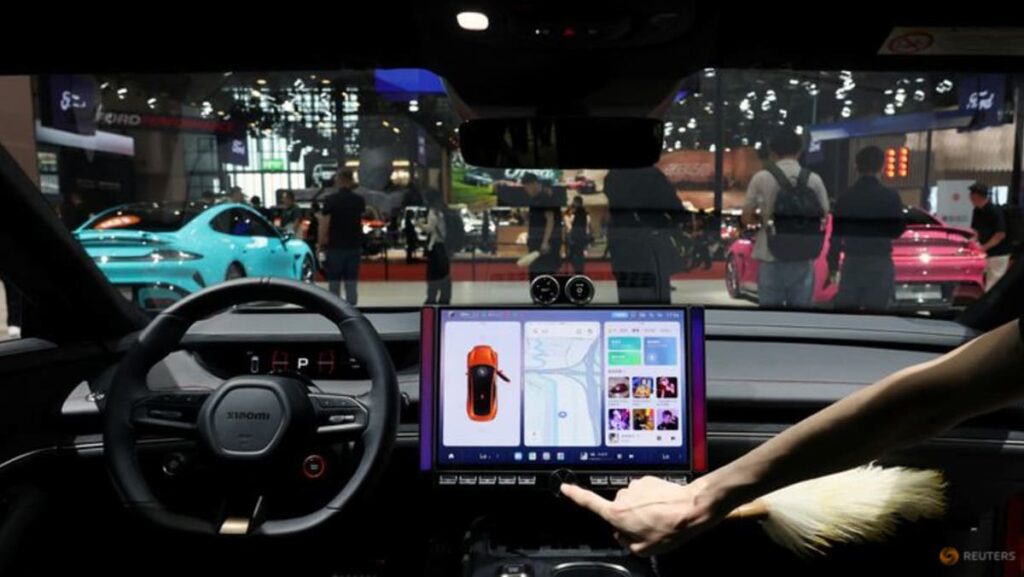A 2005 Volvo with traditional physical buttons allowed drivers to complete basic tasks in just 10 seconds, less than one-quarter of the time it took in modern touchscreen-equipped cars, where simple tasks took up to 44.6 seconds to complete, according to a Swedish road test by Vi Bilagare.
A study by the Transport Research Laboratory found that using in-car touchscreens can impair driver reaction times more than being over the legal alcohol limit or under the influence of cannabis.
CONSUMER TRUST OVER COST
From a cost perspective, reintroducing physical controls may seem like a regression.
Assuming added costs of around US$100 for components, wiring and assembly per vehicle, a global automaker producing 10 million cars annually could face up to US$1 billion in extra expenses.
But on a per-unit basis, that is less than 1 per cent of the average retail price of a mid-range car and significantly less than the potential financial risks of relying solely on touchscreens.
A decline in Euro NCAP ratings, for example, can dent consumer trust, raise insurance costs and lower fleet sales, particularly in Europe, where fleet purchases account for over half of all new car registrations. Meanwhile, in competitive markets like China, home to over 100 electric car brands, even a slight drop in a brand’s net promoter score – the main measure of customer loyalty – can quickly erode market share.
Read the full article here

